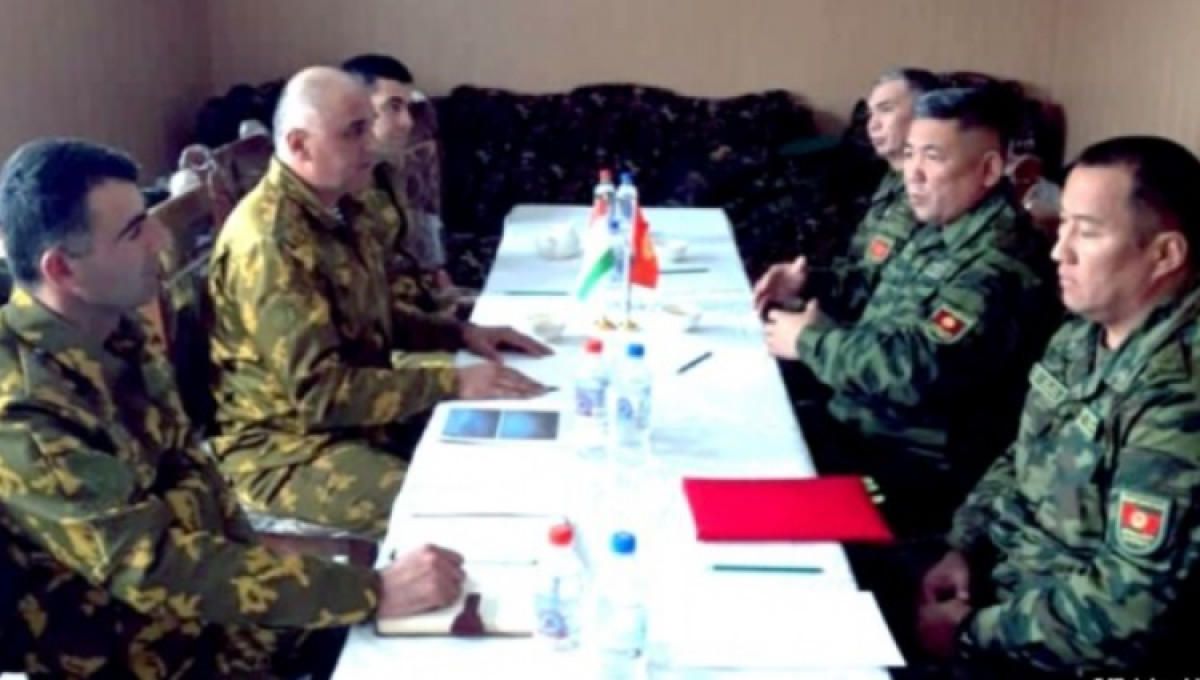 89
89
Following the collapse of the Soviet Union and the communist camp, the fifteen breakaway nations fought for years over border areas and were embroiled in endless armed conflicts, such as the Armenian-Azerbaijani conflict over Nagorno-Karabakh and bloody hostilities in eastern Ukraine. Tajikistan and Kyrgyzstan have had disagreements since the Soviet Union’s heyday in the mid-20th century. Tajikistan and Kyrgyzstan have been at odds over the region’s water resources and fertile agricultural lands ever since, but no definite settlement was required since the two countries were still part of the Soviet Union. During the two decades of negotiations over the border disputes between the two neighboring nations yielded in the demarcation of only 520 kilometers out of the 970-kilometer boundary between Tajikistan and Kyrgyzstan. As a result, constant tensions have erupted often between the two Muslim countries at various times. Recent border clashes between Tajikistan and Kyrgyzstan have further strained Tajik-Kyrgyz relations and resulted in the closure of Tajik-Kyrgyz land and air borders, casting doubt on regional integration plans such as the Casa-1000 power transmission line between the two countries, as well as a project to build railways, connecting China, Kyrgyzstan, Tajikistan, and Afghanistan. In the post-Cold War period, Central Asian states have traditionally prioritized security and preventing the spread of instability from their neighbors. Moreover, the drug war and its precarious ramifications have boosted security cooperation between the region’s nations and Russia, cementing Moscow’s dominance in these areas. Hence, tensions in Central Asia facilitate the presence and interference of foreign powers, potentially leading to the creation of extremist terrorist organizations, disrupting the means of collective cooperation in Central Asia, and exposing it to security risks. The rise of Russia’s influence in Central Asia and the restoration of its regional and global hegemony, and the growth of the Islamic Republic of Iran’s presence in the region, on the other hand, provoked the Western to pay close attention to Central Asia. Prior to 9/11, the Taliban’s conquest of Central Asia was a significant source of anxiety for Central Asia’s security as the Taliban took over 95 percent of Afghanistan in 2001. As a result, the governments of Kyrgyzstan, Tajikistan, and Uzbekistan agreed to allow the US and its allies access to their military installations to combat the Taliban and its terrorist allies. After two decades of futile war, the United States has finally decided to leave Afghanistan, while senior officials in the Pentagon are looking at ways to re-establish access to Central Asian bases, including those in Kyrgyzstan and Uzbekistan. Under the guise of maintaining security, the Americans are pursuing economic clout in the area as well as access to its oil riches. As a result, the tensions between Kyrgyzstan and Tajikistan may be exploited by Washington to further its concerns over the future of Afghanistan, amid reports indicating that the Taliban has been able to extend its activities in Afghanistan into Central Asian nations, particularly Tajikistan and Uzbekistan. Furthermore, tensions between Kyrgyzstan and Tajikistan may exacerbate the situation in the region, allowing the Saudi-backed extremist organizations to flourish, notably in Tajikistan. Today, the ominous prospect of hundreds of thousands of brainwashed Tajik and Kyrgyz nationals joining fanatic organizations in northern Afghanistan is quite alarming. The expansion of extremist organizations and an increasing number of recruits in Tajikistan and Kyrgyzstan will raise the likelihood of instability, insecurity, and interference by outside actors.
Comment
Post a comment for this article